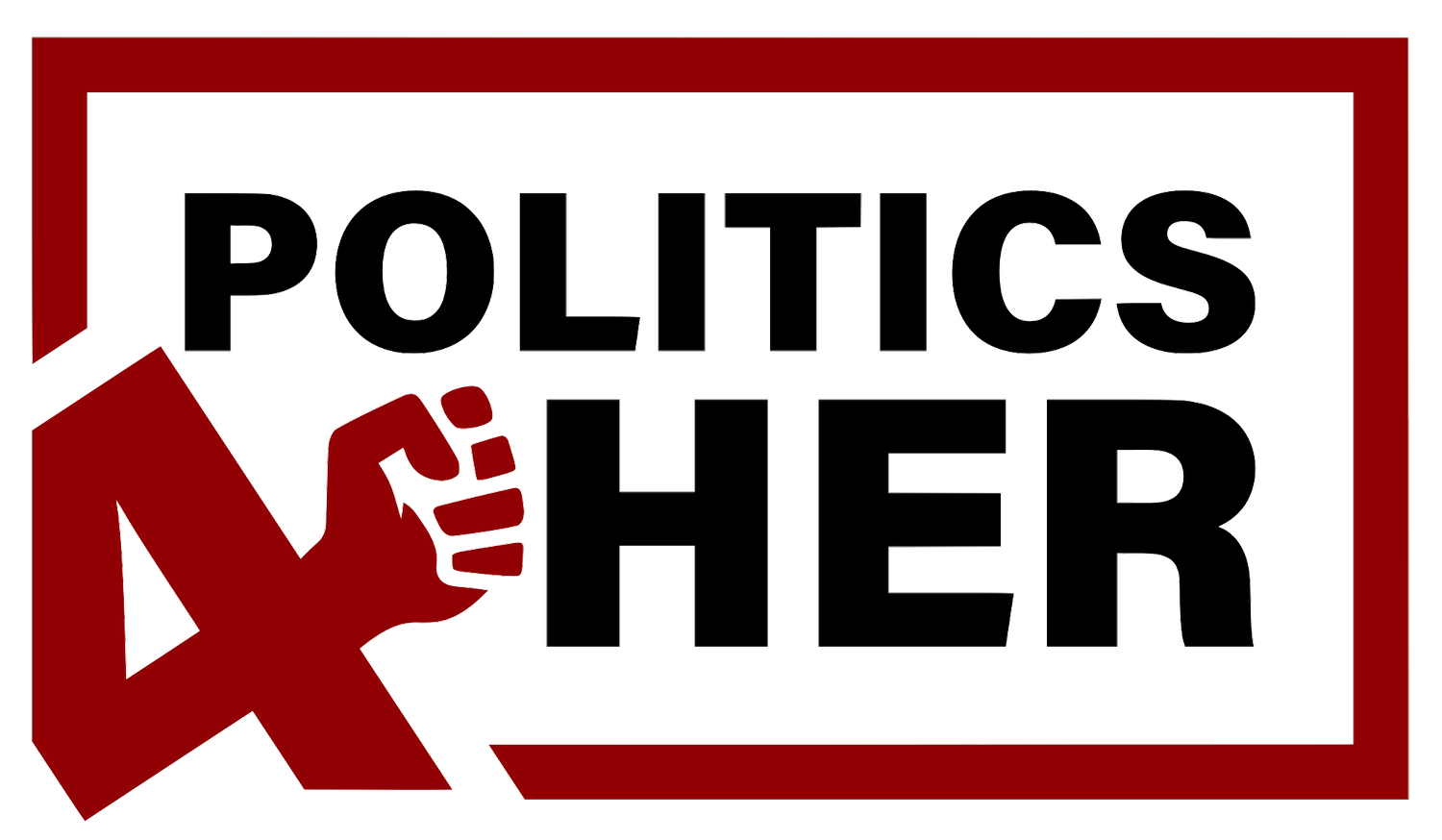Structural Barriers to Safe Abortion Services in MENA: 16 Days of Activism Against GBV
According to surveys, unsafe abortions remain a leading cause of maternal mortality in MENA. The existing healthcare system in developing countries is complex and has numerous multi-layered intersections. To facilitate the understanding of barriers, they have been divided here into two broad categories: Health System Barriers and Arbitrary Conditional Barriers.
Let’s begin by addressing the when, where, and the nature of availability of abortion services in the healthcare system. Dr. Noha M. Gynecologist from Egypt states that in most rural and district hospitals, there is a skewed availability of gynecologists which compels many abortion seekers –when legality allows- to visit bigger hospitals in tier one and two cities. Even when they are available, conditional access remains a challenge.
Lack of privacy and confidentiality further widens the gap and pushes abortion seekers towards untrained illegal quacks who provide prompt services and maintain privacy as well as confidentiality their core principles. This aspect of service provision which is critical from a client perspective is ignored by healthcare professionals and is often upheld by untrained illegal providers due to social and regulatory norms.
The barriers to abortion services and the social and dogmatic norms have an added layer of ‘legal is equal to safe’ as a popular (mis)conception. However, there seems to be a necessity to carefully question the legal framework at certain stages; WHO refers in its safe abortion guidelines, to replace the dilation and curettage (D&C) method with vacuum aspiration. Also, for medical abortion, usage of pills is only allowed until 9 weeks of pregnancy but WHO recommends it till 12 to 14 weeks for safer abortions. To bridge the skewed availability of obstetricians and gynecologists in urban areas and to ensure access to safe abortion services, the WHO also recommends including nurses as medical abortion providers however in MENA they are not well trained to conduct safe abortion if the legal frameworks allow or when the women condition requires the service.
Intervention for abortion services cannot just be limited to providers and seekers. It has to be viewed in the much larger context of international and national political frameworks. A pregnant person’s access to bodily autonomy is largely influenced by the socio-political environment in any country. A liberal and human rights-centric political situation might make certain rights accessible versus a rigid and orthodox one. But it is only right to state that it is the bodies of the marginalized that are policed and controlled. The intensity of it might differ as per different socio-political and cultural contexts and across historical timelines, but the sense of exercising control over them always lingers on.
Laws and policies created in a vacuum often come in contradiction with other laws and the people whom these abortion laws impact the most are the ones who are probably under-represented and belong to marginalized gender communities. Availability, accessibility, and quality of services are all knit together with the politics of caste, class, gender, and religion but advocacy of safe abortion services should spread in all directions only with the realization that the ultimate say should be of the pregnant person.
About the author :
Shaima Aly is the Executive Director of RAWSA MENA Network. She is highly experienced in gender issues, women’s rights, and SRHR issues including safe abortion.
Gender-based violence puts women and girls at higher risk for unwanted pregnancy, who then, require specially tailored care including safe abortion. This entry explores the structural barriers to safe abortion services in MENA with the aim of advancing and advocating for the transformation of policies and laws related to women’s rights, GBV prevention, the right to access sexual reproductive health, and safe abortion in the region.
